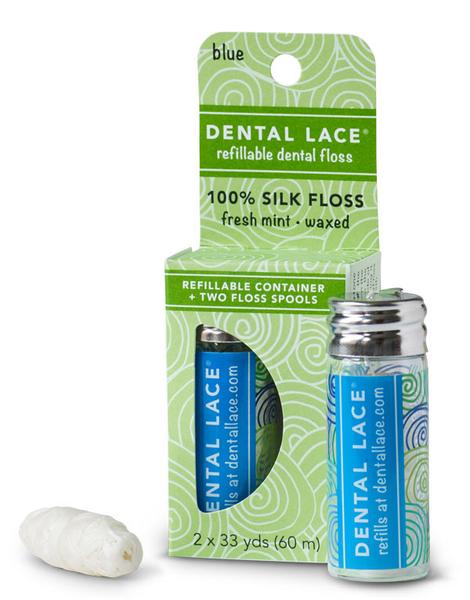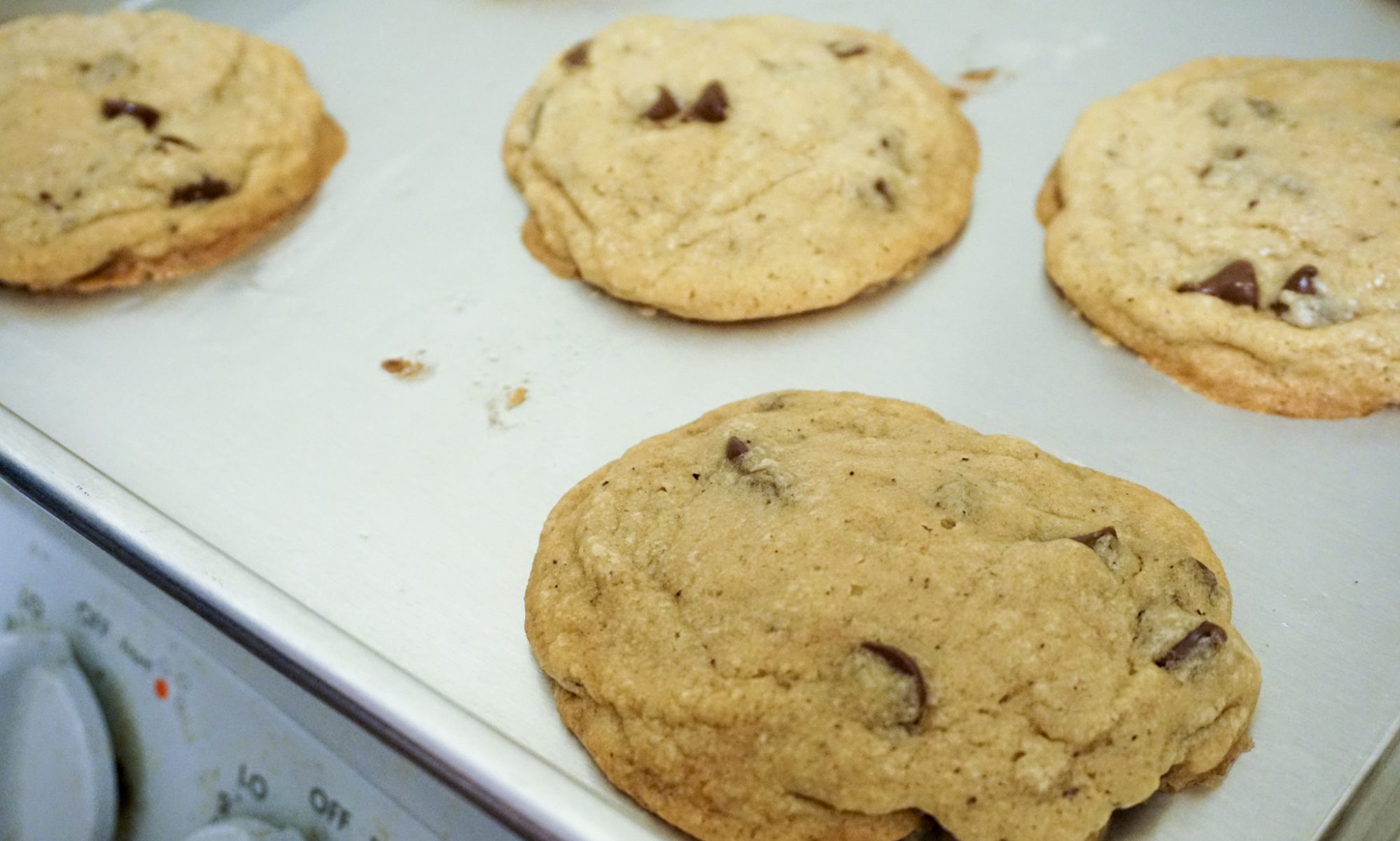This topic is kind of complicated, because there are no obvious best answers. And you don’t wanna skimp on your teeth – like with health, prevention is a lot cheaper and a lot more effective than treatment. But I’ll give you all the information I have!
Floss

This is the easy one! All floss needs to do is fit in between your teeth, and have enough friction to grip and to remove plaque.
Conventional floss has a few problems. It is normally made out of Teflon or nylon. Both of these are plastic, so they are persistent in the environment (they don’t biodegrade). Dental floss is single-use, which means a lot of fancy, high-value resources (petroleum) are being wasted. And floss packaging is often not recyclable.
Dental Lace is best alternative I’ve seen (and it hits almost all the buttons. I’m just not sure where the silk is produced). It is made of silk (biodegradable), comes in a reusable/refillable container that is also recyclable (glass), and has recyclable and compostable packaging. The company sells refills so you only need to buy the container once. AND the containers look nice 🙂 Wow.
If you want to go for even less packaging, you can try using horsehair. It was used before commercial floss started being produced. I’m not sure how to go about sourcing horsehair, though. The best I can come up with is to go to a string instrument shop and ask if you can buy horsehair from them. Better yet, ask if you can take the old horsehair from bows that are getting rehaired. Pretty sure they don’t use that for anything.
Toothpaste
Here’s where it gets harder. There are a ton of toothpaste options (as I’m sure you’ve seen at your local grocery store), but it’s hard to say if one is best. So I’ll just tell you some of the options, and then you’ll have to do your own research…
First, what are the problems with regular toothpaste? It usually comes in a non-recyclable plastic tube. It sometimes has questionable ingredients, including fluoride…
…which leads to the fluoride debate. Health nuts don’t like that fluoride is poisonous; the scientific and dental communities don’t like that people don’t like it. Basically, fluoride is good for your teeth (in small amounts) via either topical application (i.e. toothpaste) or ingestion (i.e. tap water). However, there doesn’t seem to be any evidence that both of these routes are needed. So pick one! That is, either filter your water or use fluoride-free toothpaste (but not both).
As a toothpaste alternative, you can use baking soda (can be bought in bulk or in cardboard boxes) or tooth powder (this seller is popular. Refills can be purchased in compostable bags) or “tooth soap” (basically normal soap. Maybe there’s added peppermint flavor). Obviously, none of these options contains fluoride, and baking soda and soap taste awful.
Or you can get a better commercial toothpaste. Look for one that comes in a metal tube (which is recyclable), such as David’s (fluoride-free and made with 98% domestic ingredients!). Or buy Tom’s of Maine toothpaste. They have both fluoridated and fluoride-free options, are widely available, and run a packaging take-back program.
Here’s an idea I’ve toyed with- you might be able to mix fluoride drops or concentrated fluoride paste into non-fluoride toothpaste if you like everything else about the toothpaste. But you have to be careful with the ratios! Fluoride is actually poisonous.
Here are the EWG’s toothpaste ratings. Products are rated by safety, and there is lots of additional information on the safety of individual ingredients.
Toothbrush
This is also complicated 😛
Normal toothbrushes are made of non-recyclable, non-recycled plastic. They come in (excessive) non-recyclable plastic packaging. But there are many good alternatives.
Preserve toothbrushes are made of recycled plastic! They have a take-back program where old toothbrushes are turned into plastic-composite lumber. That’s downcycling, but better than nothing. They also accept other #5 plastics that they turn either into products or lumber.
There are various bamboo options, which are compostable (except for the nylon bristles). But most of these come in regular plastic packaging and most are made in China… And apparently some of their claims are often not true. The best of these options, though, is Brush With Bamboo. There are some low-volume bamboo toothbrush makers on Etsy, too.
Here‘s a fully compostable wood-and-pig-hair toothbrush (made in Germany) from Life Without Plastic (an amazing place to shop!). There are a few other pig hair brushes available, but they usually come in plastic packaging and are made in Europe.
Lastly, you can use twigs to “brush” your teeth. People used these before toothbrushes were manufactured. Neem, miswak, and tea tree are popular options, traditionally used in the various parts of Asia. Before you completely dismiss this option, know that there is research that suggests that people who use miswak, in particular, have better periodontal health than those who use toothbrushes. But do some research to find out what people in your area traditionally used. There are a lot of different tree species that work, including hackberry, dogwood, oak, and maple.
Also remember that diet is a major component of dental hygiene! Basically, processed foods, including refined sugar and white flour, are bad for your teeth. Yet another reason to eat a whole-foods diet!
Mouthwash
As a low-waste alternative to mouthwash, I would just suggest forgoing it. Commercial mouthwash usually uses triclosan to kill bacteria, but that helps antibiotic-resistant strains develop and the bacteria are probably back within an hour or so… Actually, just swishing water after eating does a lot to reduce plaque and cavities.
If you’re really determined, though, you can make your own mouthwash.
So I hope that was helpful. The only answer I’m really pleased with is the dental floss, unfortunately. But I hope to see more and better options for toothpaste and toothbrushes in the future!

Awesome post! It’s hard to find this information anywhere, especially all consolidated.
Thanks! I totally agree. It’s taken me a long time (years?!) to find out about all this. There are just so many products and trends to research!